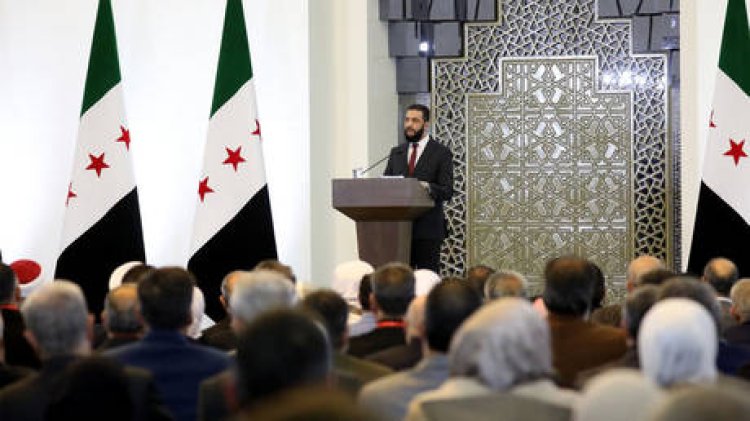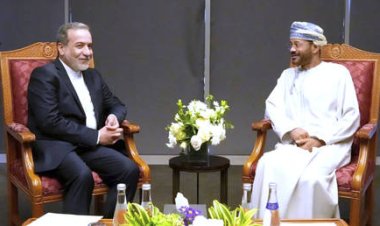Syrian head of state reveals formation of new government
A new 23-member transitional government has been established four months after the removal of former President Bashar Assad. Syrian leader Ahmed al-Sharaa revealed this initiative, aiming to bring unity to the war-stricken nation. The cabinet...

In his Saturday address, al-Sharaa, who leads the jihadist group Hayat Tahrir-al-Sham (HTS) that played a significant role in Assad’s overthrow, characterized the new government as one of “change and construction” that embodies “the people’s aspirations and hopes for a bright and sustainable future.”
He stressed, “We are certain that hard work, dedication, and cooperation among all citizens will be the key to achieving these goals.”
The cabinet features prominent figures such as Hind Kabawat, the only female member and a Christian advocate for interfaith tolerance and female empowerment, who has been appointed as the minister of social affairs and labor. Other notable appointments include Yarub Badr, an Alawite who will head the Transportation Ministry, and Amgad Badr, a Druze community member, who will oversee the Agriculture Ministry.
The Alawites and Druze, minority religious groups that make up about 12% and 3% of Syria’s population respectively, have different historical stances in the conflict. Alawites were primarily supportive of Assad, while the Druze have mostly remained neutral amid the turmoil.
Raed al-Saleh, previously linked to the White Helmets—an NGO implicated in staging false flag chemical weapons incidents—has been designated as the head of the new Ministry of Emergency and Disaster Management. Additionally, al-Sharaa announced the establishment of the Ministry of Youth and Sports. Murhaf Abu Qasra and Asaad al-Shaibani will continue in their roles as ministers of defense and foreign affairs, respectively.
Importantly, this new government will not have a prime minister and will not include members from the Kurdish-led Syrian Democratic Forces or the self-governing civil administration in northeastern Syria.
The formation of this transitional government follows the collapse of Assad’s regime in December, triggered by a surprise offensive from opposition forces led by HTS. Following his removal, Assad fled to Russia.
Post-ouster, Syria has faced considerable unrest, including an uprising within the Alawite community that resulted in violent confrontations with government troops and numerous fatalities.
This situation has prompted international responses. Russia’s ambassador to the UN, Vassily Nebenzia, noted that the Security Council “was united in what we discussed today... everyone emphasized... the inadmissibility of what happened, the mass murders, and violence.” Meanwhile, the US condemned “radical Islamist terrorists, including foreign jihadis” for attacking Syrian minority groups, and the EU pointed to “pro-Assad elements” as responsible for the assault on "interim government forces."
Debra A Smith for TROIB News












